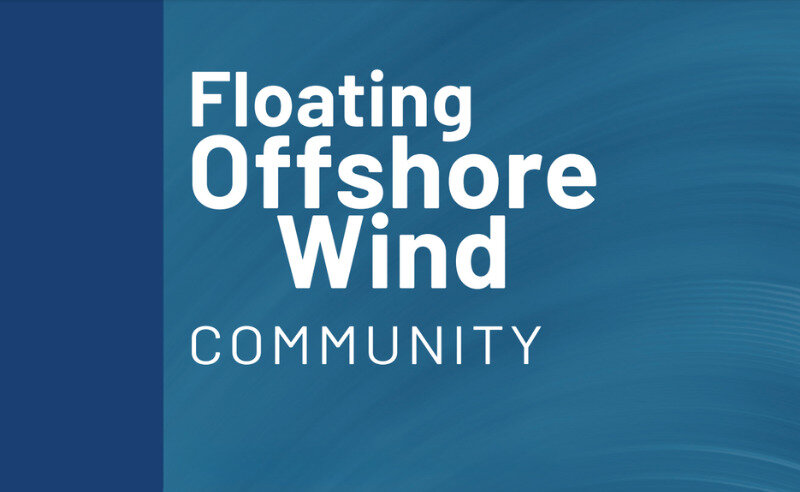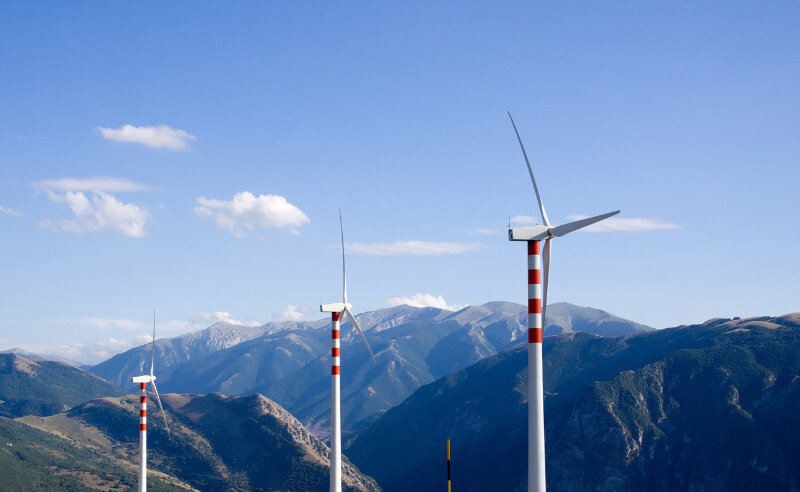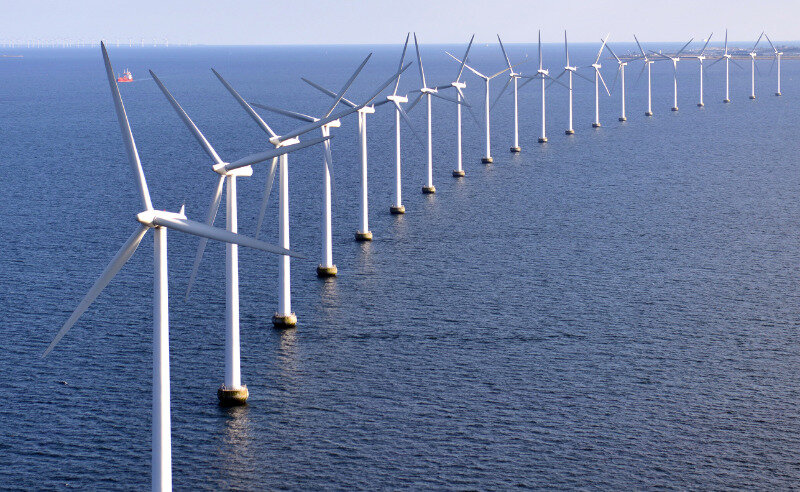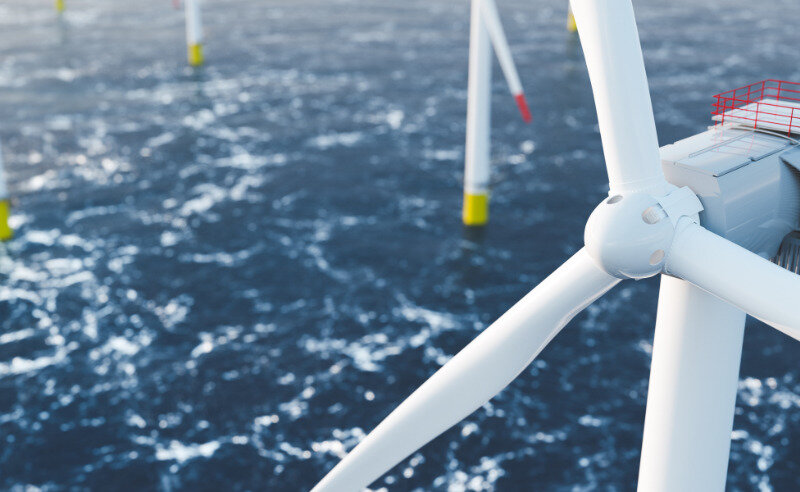Floating Offshore Wind Community
Thematic platform on the contribution of the floating offshore wind power to Italy's process of decarbonisation and the benefits of this technology on the Italian economy and the local value chains.
The Mission
The Floating Offshore Wind Community is a high-level multi-stakeholder initiative with the aim of raising public and political awareness on the benefi ts and industrial spillovers of floating offshore wind farms and guiding strategic directions for overcoming existing challenges
The Floating Offshore Wind Community is a project launched during the 49th Cernobbio Forum by The European House - Ambrosetti, in collaboration with Acciaierie d'Italia, Renantis, BlueFloat Energy, and Fincantieri.
Thanks to the morphological characteristics and the conformation of the seabed, Italy has a huge potential for the installation of offshore floating wind farms. During its first meetings, the Community highlighted some issues to be addressed in order to allow its development in the country. First, it is needed an ambitious target, which should be at least 20 GW by 2050, to encourage investors to develop these projects. There is also a lack of strategic planning of maritime space: consistent with the objective of 20 GW by 2050, it must identify, especially in the seas of Sicily, Sardinia and Puglia, the areas that allow for these developments. A further challenge is to make the authorization procedures more efficient - to date, offshore wind projects require bureaucratic efforts, including organizational activities related to the supply chain and construction site. It is also desirable to define incentive systems at country level that may support a competitive development of this technology, in addition to the necessary interventions to expand the network capacity at country level.
The results of the first edition of the Community were presented in Rome on February 2, 2024, during a Roudn Table with the business community and relevant stakeholders.
Why is it important to talk about (offshore) wind power?
Wind energy can contribute to decarbonisation
Italy experienced a significant increase in renewables installed capacityin 2022, but there is a need to further accelerate to reach 2030 targets, in particular for wind (annual deployment must increase by 4 times, vs 3 times for photovoltaics). Wind power farms, especially those offshore, represents a complementary source able to contribute to the phase-out of fossils and achieve the energy policy targets by 2030 and 2050.
The great powers are investing in offshore wind
Energy firms and governments are expanding their global offshore wind portfolios, with China being the market leader (more than doubling the offshore wind capacity of the 2nd largest market, the UK). Germany has European Union’s highest installed offshore wind capacity, with more than 8 GW installed, whereas Italy has an installed capacity of 30 MW (0,2% vs UK and 0,4% vs Germany).
Italy is the 3rd potential floating wind market in the world
99% of the offshore wind capacity in EU-27 is represented by fixed-bottom offshore technology. The development of the floating offshore wind technology can unlock potential in marine areas with deep waters, where the wind force is stronger and the environmental impacts lower. Sardinia, Sicily and Apulia are the Italian Regions with the highest floating offshore wind potential in the country, and therefore can leverage on this technology to close the gap with the 2030 targets (in particular, Sardinia and Sicily are the Regions with the largest gap to close (need to increase, respectively, by +128% and +115%).




























